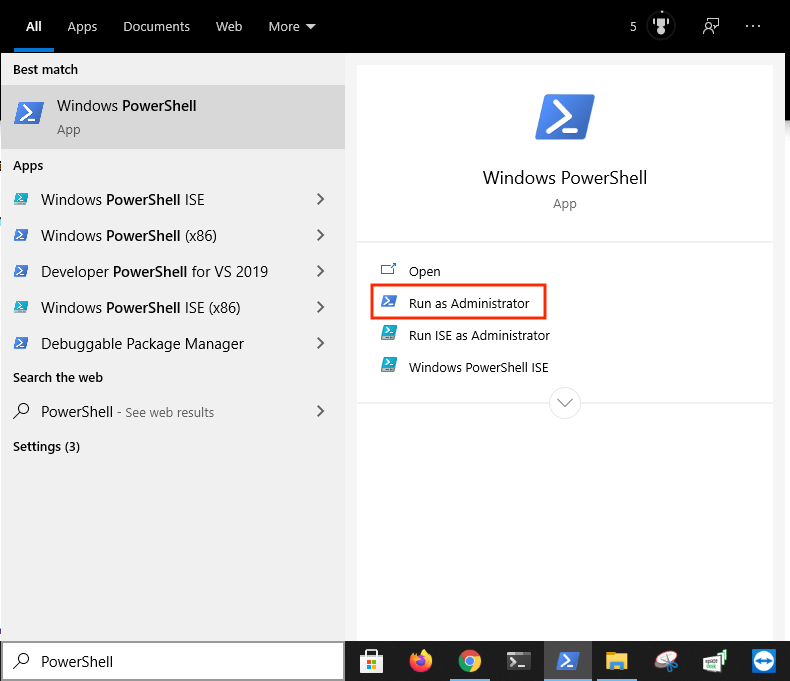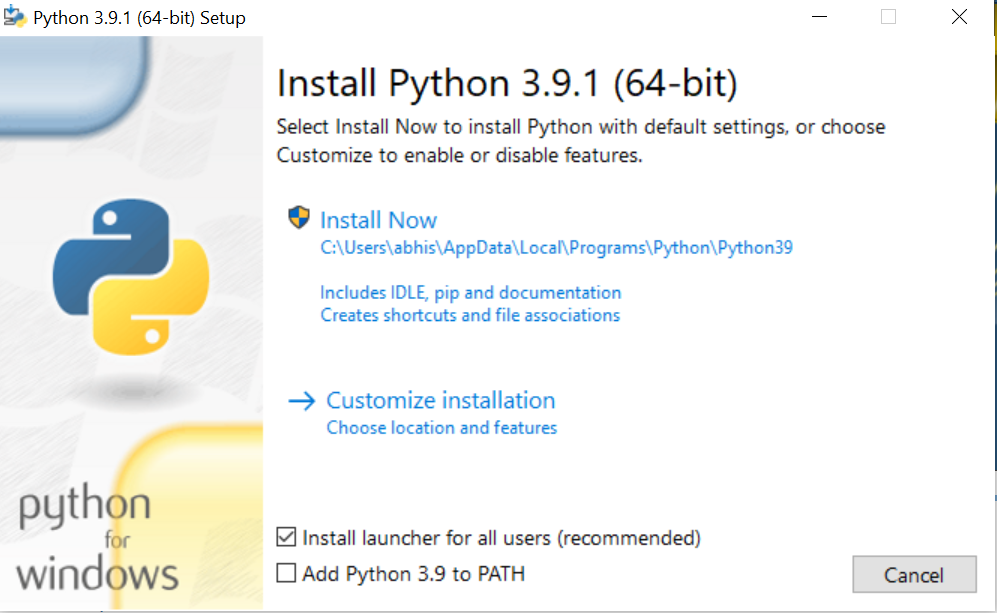

cos ( tGrid ) # z = r*cos(t) surface = go. sin ( tGrid ) # y = r*sin(s)*sin(t) z = r * np. sin ( tGrid ) # x = r*cos(s)*sin(t) y = r * np. sin ( 7 * sGrid + 5 * tGrid ) # r = 2 + sin(7s+5t) x = r * np. Import chart_otly as py import aph_objects as go import numpy as np s = np. iplot ( fig, filename = 'jupyter-Nuclear Waste Sites on American Campuses' ) Layout ( title = 'Nuclear Waste Sites on Campus', autosize = True, hovermode = 'closest', showlegend = False, mapbox = dict ( accesstoken = mapbox_access_token, bearing = 0, center = dict ( lat = 38, lon =- 94 ), pitch = 0, zoom = 3, style = 'light' ), ) fig = dict ( data = data, layout = layout ) py. read_csv ( ' %20o n%20American%20Campuses.csv' ) site_lat = df. Import chart_otly as py import aph_objects as go import pandas as pd # mapbox_access_token = 'ADD YOUR TOKEN HERE' df = pd. See examples of statistic, scientific, 3D charts, and more here.
#HOW TO INSTALL JUPYTER NOTEBOOK ON WINDOWS CODE#
You may want to reload submodules if you've edited the code in one. When installing packages in Jupyter, you either need to install the package in your actual shell, or run the ! prefix, e.g.: !pip install packagename

Skip down to the for more information on using IRkernel with Jupyter notebooks and graphing examples. You can also use Jupyter notebooks to execute R code.

The bulk of this tutorial discusses executing python code in Jupyter notebooks.


 0 kommentar(er)
0 kommentar(er)
